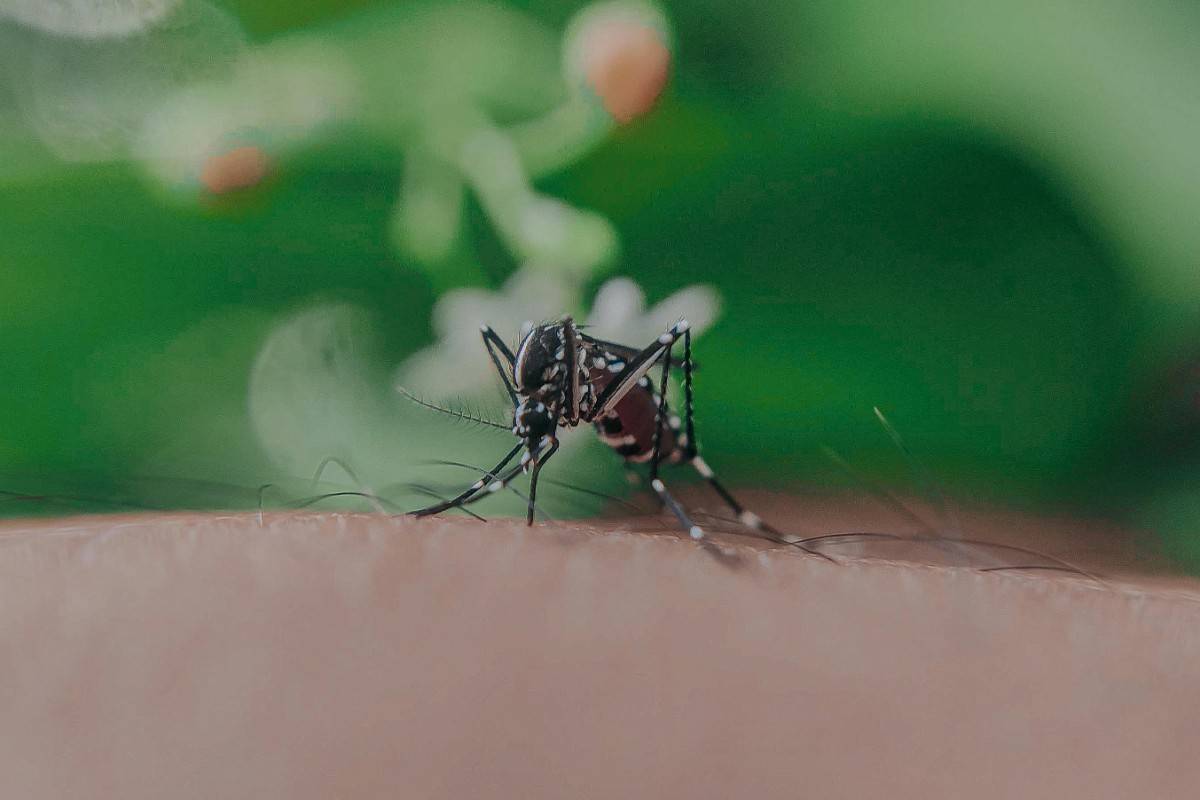In recent years, the Zika virus has emerged as a significant health concern not only globally but also in India, where the climate and mosquito prevalence create a fertile environment for its spread. This blog post aims to demystify the Zika virus by exploring its symptoms, modes of transmission, and effective prevention strategies. Whether you’re a healthcare professional, a traveler, or simply a concerned citizen, understanding Zika is crucial for personal and public health.
What is Zika Virus?
Zika virus is primarily transmitted through the bites of Aedes mosquitoes, the same type of mosquito that carries dengue, chikungunya, and yellow fever. First identified in Uganda in 1947 in monkeys, it was later identified in humans in 1952. The virus has since spread to various tropical and subtropical regions, including parts of India.
Symptoms of Zika Virus
The symptoms of Zika are similar to those of many other arthropod-borne viruses. Here are the most common symptoms:
- Fever: Although not always high, a mild fever is frequently reported.
- Rash: A noticeable, often itchy rash is a common symptom.
- Joint pain: This can be particularly uncomfortable, especially in the small joints of the hands and feet.
- Conjunctivitis (red eyes): This is another distinctive symptom, which is not usually associated with severe pain.
- Muscle pain and headache.
It’s important to note that the symptoms are generally mild and last for several days to a week. In fact, many people infected with Zika won’t have symptoms at all, which can make it difficult to determine if one has been infected. However, the real concern with Zika virus infection is its potential impact on pregnant women and their fetuses.
Zika and Pregnancy
Zika virus can be passed from a pregnant woman to her fetus. Infection during pregnancy can cause a birth defect called microcephaly and other severe fetal brain defects. This has led to significant concern globally, prompting extensive studies and preventive measures.
Transmission of Zika Virus
Understanding how Zika is transmitted is key to preventing its spread. Here are the primary modes of transmission:
- Mosquito bites: The virus is primarily spread through the bites of infected Aedes mosquitoes, which are aggressive daytime biters, with peak activity during early morning and before dusk.
- From mother to child: A pregnant woman can pass Zika virus to her fetus during pregnancy or around the time of birth.
- Sexual transmission: Zika can be transmitted through sexual intercourse, which includes vaginal, anal, and oral sex, and the sharing of sex toys.
- Blood transfusion: There have been reports of the virus being transmitted through blood transfusions.
Prevention Tips
Preventing Zika is largely about avoiding mosquito bites and managing mosquito populations. Here are some effective strategies:
Personal Protection
- Use insect repellent: Apply repellents approved by the Environmental Protection Agency (EPA) containing DEET, picaridin, IR3535, or oil of lemon eucalyptus on exposed skin.
- Wear protective clothing: Long-sleeved shirts and long pants can help prevent mosquito bites.
- Stay in screened or air-conditioned rooms: Reduce your exposure to mosquitoes by staying indoors during peak biting times.
- Use bed nets: If sleeping areas are not well screened or air-conditioned, bed nets are essential to keep mosquitoes away.
Community Efforts
- Eliminate standing water: Mosquitoes breed in standing water. Regularly empty, clean, or cover containers that hold water, such as buckets, planters, and tires.
- Mosquito control programs: Support local mosquito control efforts that may involve spraying insecticides and larvicides to reduce mosquito populations.
Sexual Transmission and Other Precautions
- Practice safe sex: Use condoms or abstain from sex if you or your partner are at risk of Zika infection.
- Be cautious with blood transfusions: In areas with active Zika virus transmission, extra precautions may be taken with blood donations.
Conclusion
While the Zika virus may not be as prominently in the headlines as it once was, it remains a significant health concern, especially in regions like India where the climate is conducive to the spread of mosquito-borne illnesses. Understanding the symptoms, transmission routes, and prevention strategies is crucial. By taking personal precautions and participating in community prevention efforts, we can help control the spread of the Zika virus and protect the most vulnerable among us, particularly pregnant women and unborn children.
Remember, the fight against Zika is not just about individual protection; it involves community action and awareness. Stay informed, stay protected, and contribute to the health and well-being of your community by following and promoting these prevention tips.


